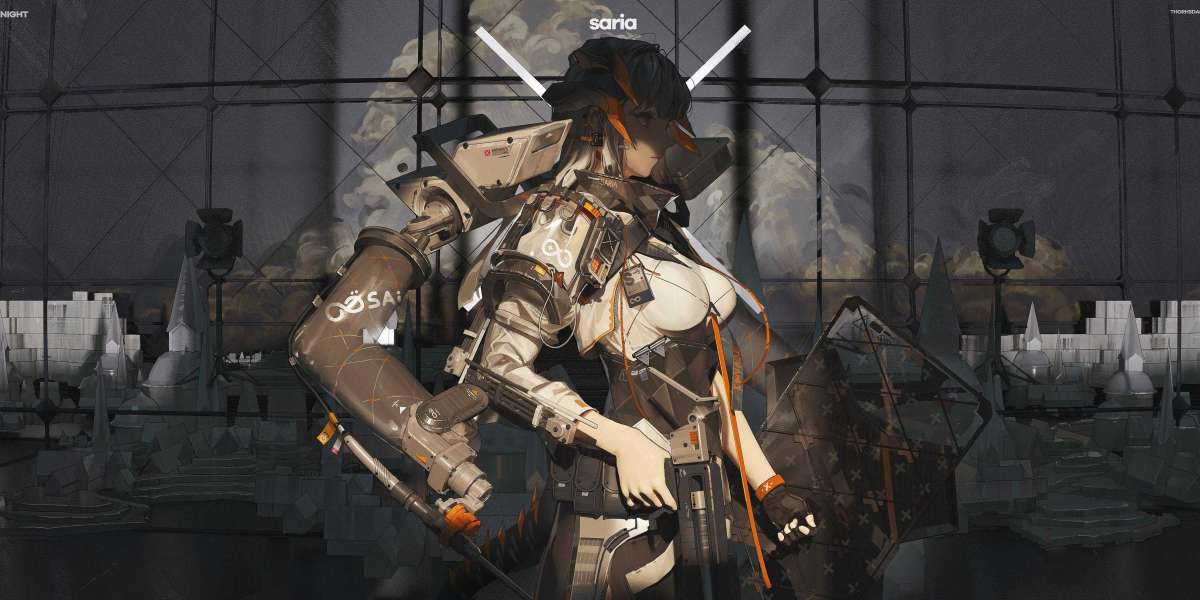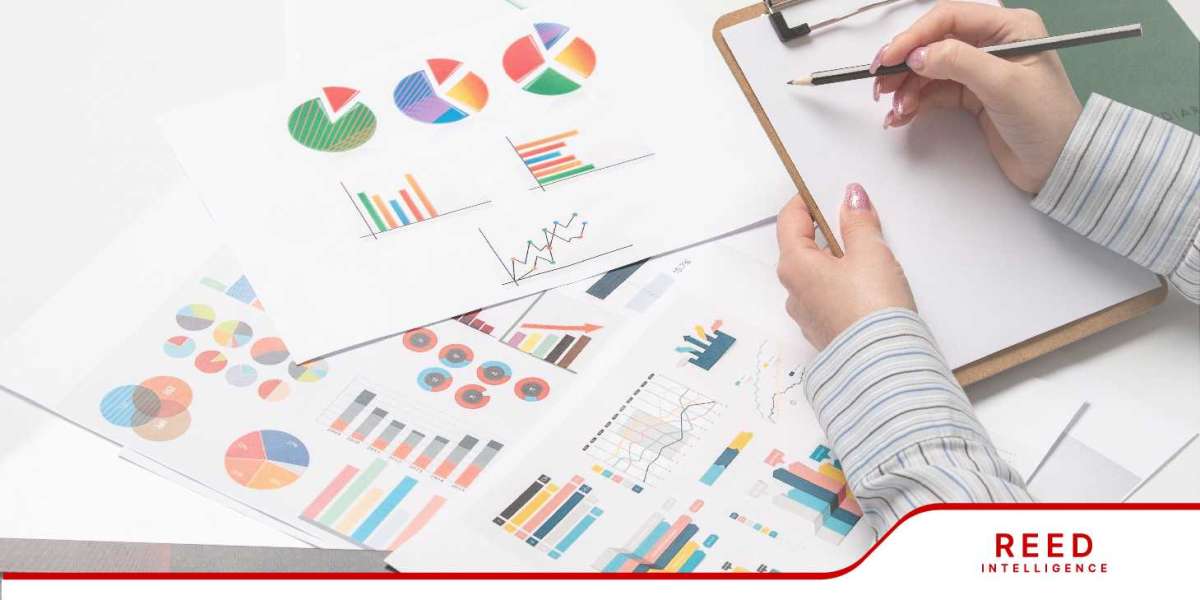Fused Deposition Modeling (FDM) is one of the most popular methods of 3D printing, especially among hobbyists and professionals alike. Understanding the basics of FDM 3D printing can significantly enhance your printing experience and outcomes. In this article, we will delve into the fundamental aspects of FDM 3D printing, including materials, settings, and best practices.
The Basics of FDM 3D Printing: Understanding the Process
FDM 3D printing works by extruding thermoplastic filament through a heated nozzle, which then deposits the material layer by layer to create a 3D object. This method is widely appreciated for its simplicity and accessibility. But what are the essential components involved in this process?
- 3D Printer: The machine that performs the printing.
- Filament: The thermoplastic material used for printing, available in various types such as PLA, ABS, and PETG.
- Software: Slicing software converts 3D models into instructions for the printer.
Choosing the Right Filament: A Key Element in FDM Printing
When exploring the basics of FDM 3D printing, selecting the appropriate filament is crucial. Different materials offer unique properties that can affect the final product's strength, flexibility, and appearance. For instance:
- PLA: Biodegradable and easy to print, making it ideal for beginners.
- ABS: Known for its strength and durability, but requires a heated bed.
- PETG: Combines the best of both worlds—strength and ease of use.
"Choosing the right filament can make or break your 3D printing project." - 3D Printing Expert
Essential Settings for Optimal Results
Understanding the settings of your 3D printer is another fundamental aspect of the basics of FDM 3D printing. Key settings include:
- Layer Height: Affects the resolution and speed of printing.
- Print Speed: Balancing speed and quality is essential.
- Temperature: Each filament type has a recommended temperature range for optimal extrusion.
Adjusting these settings based on the filament and model can lead to improved print quality. For example, a lower layer height can yield finer details but will increase print time.
Common Challenges and Solutions in FDM Printing
Even with a solid understanding of the basics of FDM 3D printing, challenges may arise. Some common issues include:
- Warping: Often occurs with ABS; using a heated bed can mitigate this.
- Stringing: Can be reduced by adjusting retraction settings.
- Layer Adhesion: Ensuring proper temperature settings can enhance adhesion between layers.
By being aware of these challenges and their solutions, you can improve your printing outcomes significantly.
Conclusion: Embracing the World of FDM 3D Printing
In conclusion, understanding the basics of FDM 3D printing is essential for anyone looking to dive into the world of 3D printing. By selecting the right filament, adjusting printer settings, and being aware of common challenges, you can create impressive 3D prints. For those interested in exploring products, consider checking out the XYZ 3D Printer for reliable performance.
For a visual guide, watch this informative video on FDM printing techniques: FDM Printing Techniques.






